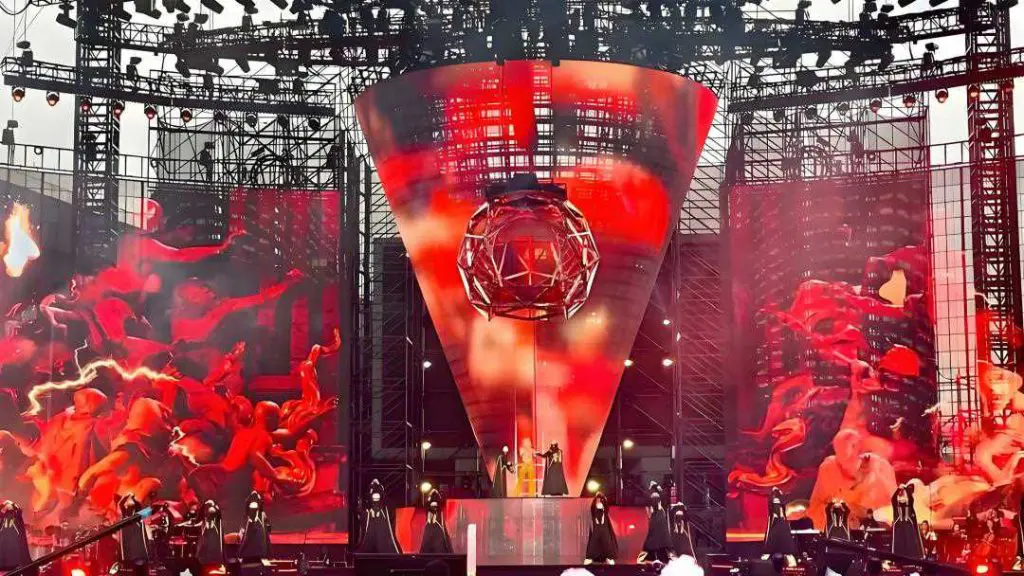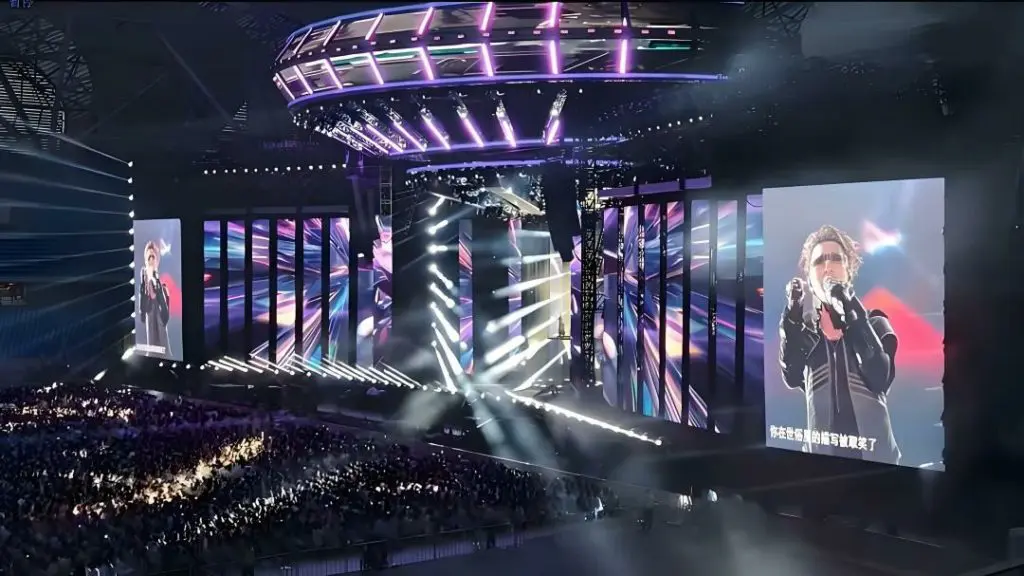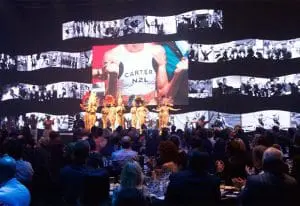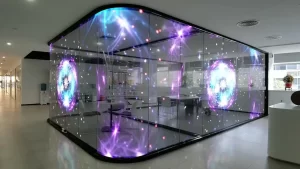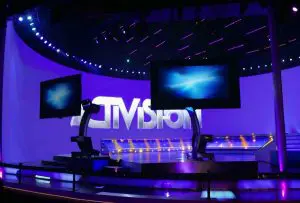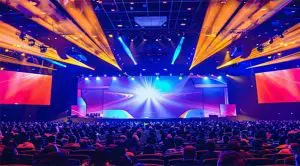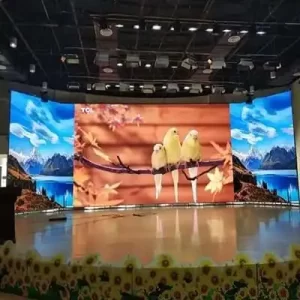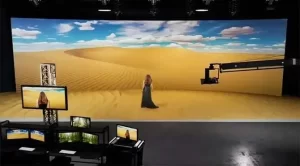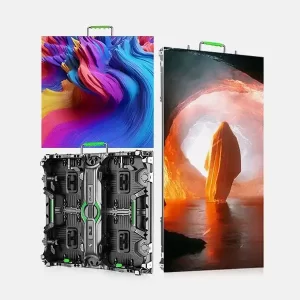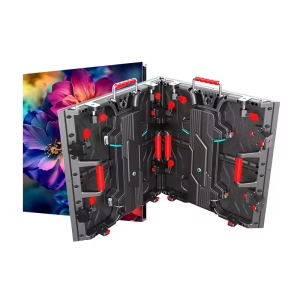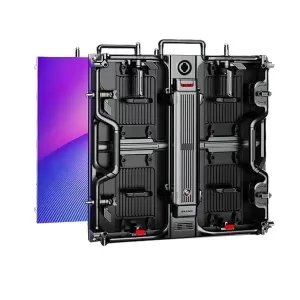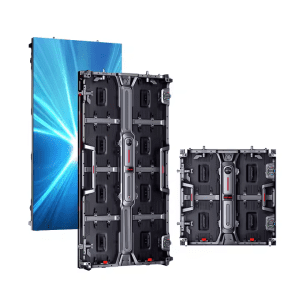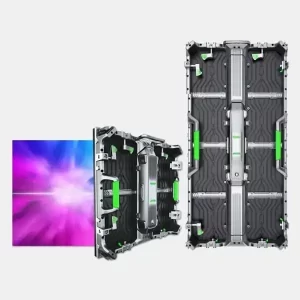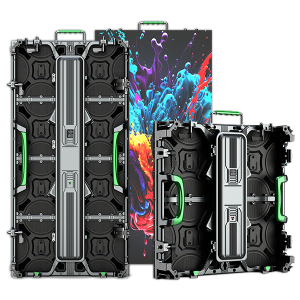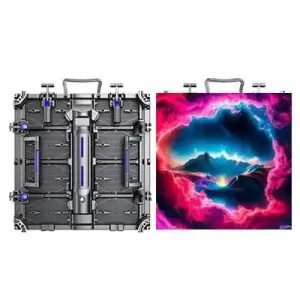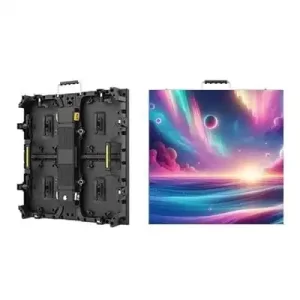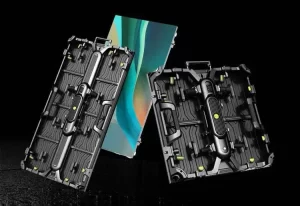LED screens for concerts have revolutionized the live entertainment industry, offering immersive visuals, real-time interaction, and unmatched audience engagement. In the modern era of concerts and music festivals, these screens are more than just backdrops—they are essential tools for creating unforgettable experiences. From dynamic stage designs to synchronized visuals, LED Display screens amplify the energy and elevate performances to a whole new level.
This guide explores the benefits, features, and applications of LED screens for concerts, as well as how to choose the right screen for your next live event.
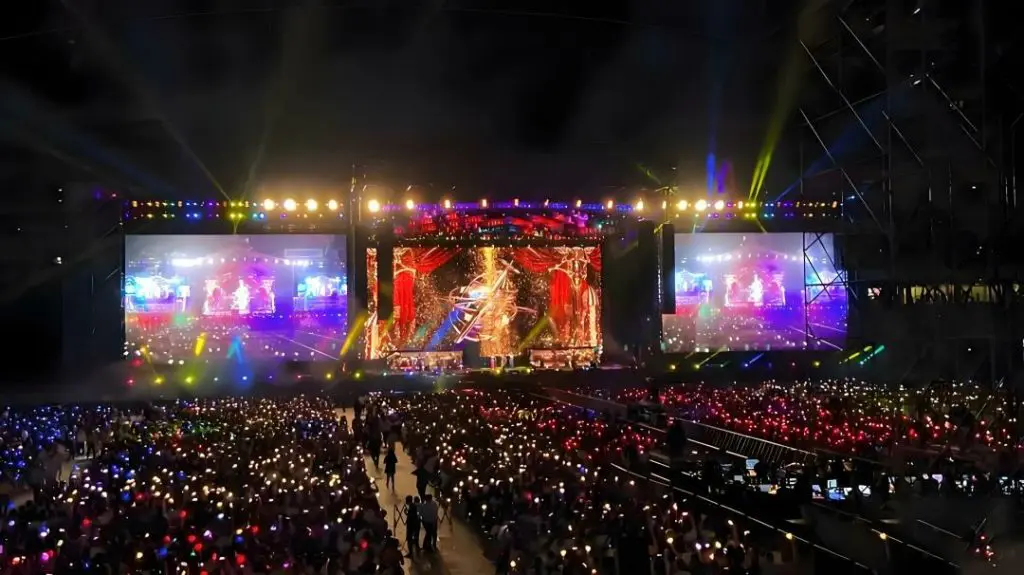
What Is an LED Screen for Concerts?
An LED screen for concerts is a large, high-resolution display made up of modular LED panels. These screens are designed to enhance the visual aspects of live performances by displaying:
- Live video feeds of performers.
- Music-synchronized animations and effects.
- Lyrics, logos, and branding elements.
- Audience interaction content, such as polls or social media feeds.
With their bright visuals, seamless integration, and flexible configurations, LED screens are suitable for both indoor venues and outdoor music festivals.
Why LED Screens Are Essential for Concerts
1. Enhance Audience Engagement
- Live Feeds: LED screens ensure that every audience member, even those far from the stage, has a clear view of the performers.
- Dynamic Effects: Synchronized animations and light shows heighten the energy of the performance.
- Interactive Content: Screens can display social media posts, live polls, or audience shoutouts, making fans feel like part of the show.
2. Create Immersive Visual Experiences
LED screens transform a simple concert stage into an immersive environment. Through custom animations and video content, they enhance storytelling and complement the music, creating a multi-sensory experience.
3. Branding and Sponsorship Opportunities
- Artist Branding: Display the performer’s name, logo, or visuals that align with the concert theme.
- Sponsor Visibility: Rotate sponsor ads or logos in between performances or during intermissions, maximizing exposure.
- Tour Themes: Adapt visuals to reflect the branding of a specific tour or album.
4. Versatility and Flexibility
- Customizable Shapes: LED screens can be flat, curved, or even 3D configurations, allowing for creative stage designs.
- Modular Panels: Easily scale the screen size to fit stages of any dimension.
- Indoor and Outdoor Use: Weatherproof outdoor LED screens ensure performances remain visually stunning, even in challenging conditions.
5. Cost Efficiency for Large-Scale Events
Compared to traditional projection systems, LED screens offer better brightness, durability, and energy efficiency, making them a long-term investment for concert organizers.
Types of LED Display Screens for Concerts
1. Main Stage LED Walls
- Purpose: Serve as the focal point of the stage, displaying live feeds, videos, and animations.
- Features: High resolution (P2–P4) for detailed visuals, even on large screens.
2. Side or Relay Screens
- Purpose: Placed on the sides of the stage to ensure visibility for audiences seated far from the main stage.
- Features: Slightly lower resolution (P4–P6) as they are meant for distant viewing.
3. Backdrop Screens
- Purpose: Create an animated background to complement live performances.
- Features: Seamless integration with lighting and stage effects for immersive environments.
4. Floor LED Screens
- Purpose: Used as part of the stage flooring for dynamic visuals that react to performers’ movements.
- Features: High durability and load-bearing capacity.
5. Transparent LED Screens
- Purpose: Create a futuristic, semi-transparent effect while maintaining visibility of performers behind the screen.
- Features: Ideal for creative stage designs or minimalist aesthetics.
Key Features of LED Display Screens for Concerts
1. High Brightness and Contrast
- Outdoor LED screens offer up to 10,000 nits of brightness, ensuring visibility even in direct sunlight.
- Advanced contrast ratios deliver vibrant colors and deep blacks, enhancing the overall visual quality.
2. High Refresh Rate
- A refresh rate of 3,840 Hz or higher ensures smooth playback of fast-paced animations and live feeds, avoiding flickering or lag.
3. Weatherproof Design
- Outdoor LED screens are built to withstand rain, wind, and dust with an IP65 rating, ensuring reliability in any weather condition.
4. Modular and Scalable
- Modular panels allow screens to be reconfigured for different stage sizes and designs, offering flexibility for tours or one-off events.
5. Real-Time Content Management
- Advanced processors and software enable live editing and synchronization of visuals with music and performances.
Applications of LED Displays in Concerts
1. Live Performances
- Display real-time close-ups of performers for audiences seated far from the stage.
- Sync visuals with beats, enhancing the overall energy of the performance.
2. Music Festivals
- Use large LED walls as the centerpiece for outdoor stages, ensuring visibility from all angles.
- Create unique visual identities for each performance or set.
3. Touring Concerts
- Adapt modular LED panels to fit different stage sizes and layouts for multi-city tours.
- Update visuals on the fly to reflect changes in the setlist or performance.
4. Special Effects Integration
- Combine LED screens with lighting, lasers, and pyrotechnics to create a fully immersive concert experience.
- Use motion graphics or augmented reality (AR) elements to engage the audience.
5. Audience Interaction
- Display live social media feeds, shoutouts, or fan-submitted content.
- Use interactive visuals to involve the audience, such as live polls or games.
How to Choose the Right LED Screen for a Concert
1. Pixel Pitch
- P2–P4: Best for main stage screens where clarity is crucial for close viewing.
- P4–P6: Ideal for side or relay screens where audiences are farther away.
2. Brightness
- Indoor Concerts: Brightness levels between 800–1,500 nits are sufficient.
- Outdoor Concerts: Opt for 5,000–10,000 nits to ensure visibility under sunlight.
3. Size and Configuration
- Choose a screen size that matches the stage and audience size.
- Consider creative configurations, such as curved or multi-screen setups, for added visual impact.
4. Durability
For outdoor events, ensure the LED screens are weatherproof and can handle extended hours of operation.
5. Content Management
Select a screen with advanced content management capabilities to enable real-time updates and seamless synchronization with music.
Cost of LED Screens for Concerts
The cost of concert LED screens varies depending on their size, resolution, and features. Here’s a general breakdown:
| Screen Type | Pixel Pitch | Price Range (per m² USD) | Best For |
|---|---|---|---|
| Main Stage LED Walls | P2–P4 | $1,000–$2,000 | High-resolution visuals for main performances. |
| Side/Relay Screens | P4–P6 | $1,500–$2,500 | Visibility for distant audiences. |
| Outdoor LED Screens | P3–P6 | $1,000–$3,000 | Large-scale outdoor events. |
| Floor LED Screens | P3–P5 | $1,000–$3,000 | Dynamic stage designs. |
| Transparent LED Screens | P3–P7 | $1,000–$3,000 | Futuristic and creative effects. |
Tips for Maximizing the Impact of LED Screens in Concerts
- Synchronize Content with Music: Work with a creative team to design visuals that match the rhythm and energy of the performance.
- Use Multi-Screen Setups: Combine main screens with side or floor screens for a more immersive experience.
- Incorporate Interactive Elements: Engage the audience with live polls, social media displays, or AR effects.
- Prioritize Screen Placement: Ensure screens are visible to all audience members, regardless of their location.
- Invest in Quality Content: High-quality animations, videos, and effects make a significant difference in the overall impact.









